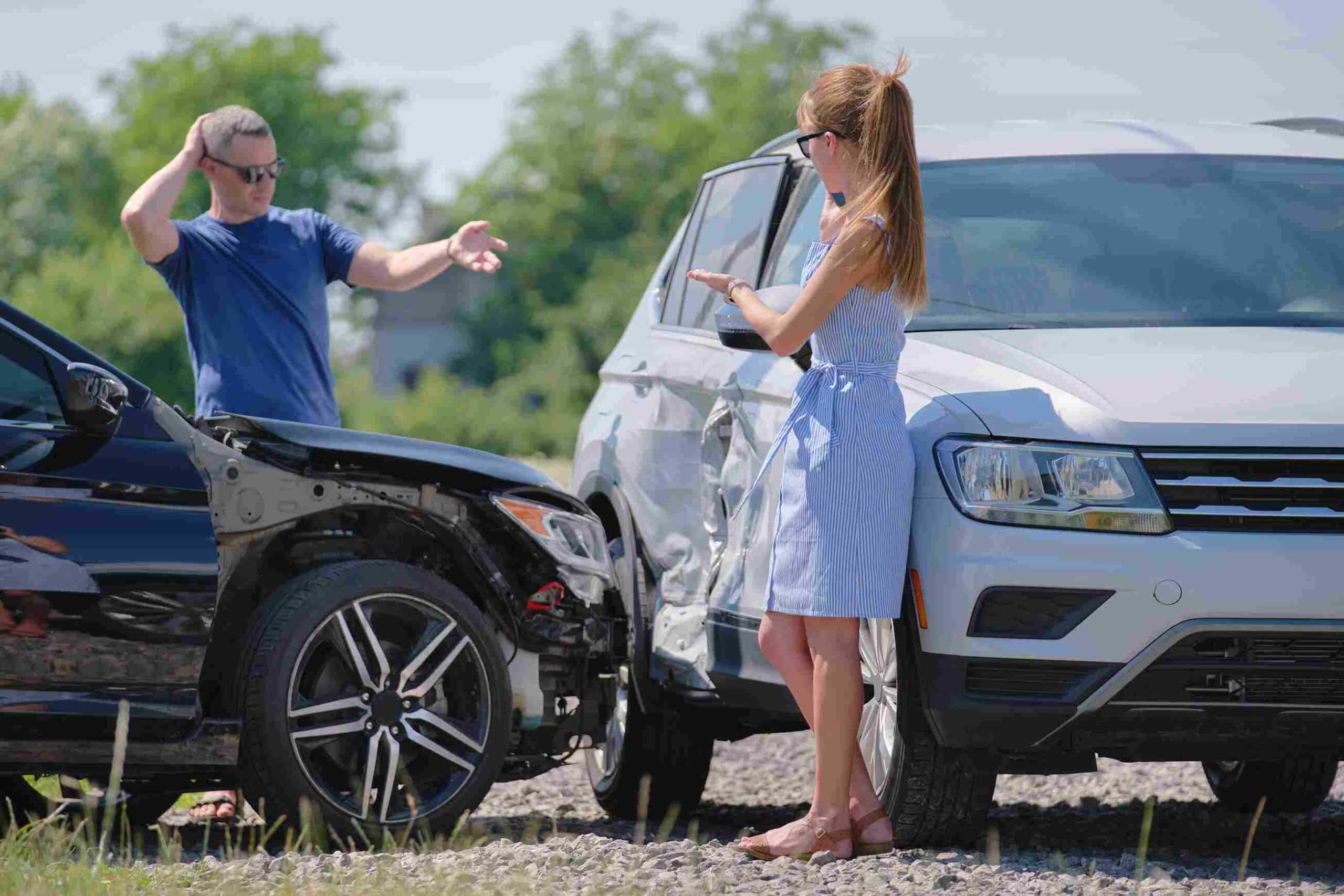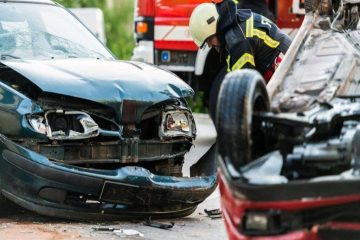Car accidents can be chaotic and distressing events, often leaving those involved with injuries, vehicle damage, and emotional upheaval. One of the critical aspects of dealing with a car accident is determining who is at fault.
Understanding fault is essential for insurance claims, legal proceedings, and ensuring fair compensation for damages. In this comprehensive guide, we’ll delve into the intricacies of how fault is determined in a car accident, exploring the various factors and methodologies involved in this process.
Establishing Liability
Determining fault in a car accident involves establishing liability, which means identifying the party or parties responsible for the collision. Liability can be attributed to one or more drivers involved in the accident, depending on the circumstances and contributing factors. Several key elements are considered when assessing liability:
- Traffic Laws: Traffic laws serve as a framework for safe driving and provide guidelines for right-of-way, speed limits, signaling, and other essential aspects of operating a vehicle. Violations of traffic laws, such as running a red light or speeding, can be strong indicators of fault in a car accident.
- Negligence: Negligence refers to the failure to exercise reasonable care while driving, resulting in harm to others. Common examples of negligent behavior include distracted driving, reckless driving, and driving under the influence of alcohol or drugs. Proving negligence typically requires demonstrating that the at-fault party breached their duty of care, causing the accident and resulting damages.
- Contributory Negligence: In some cases, multiple parties may share fault for a car accident due to their respective contributions to the collision. States vary in their approach to contributory negligence, with some jurisdictions following pure comparative fault rules, where each party’s percentage of fault determines their share of liability, while others adhere to modified comparative fault rules, which limit recovery if the injured party is found partially at fault.
Contact Our Experienced Car Accident Attorney at Accident Pros for an Initial Consultation
Investigating the Accident
Gathering evidence and conducting a thorough investigation are crucial steps in determining fault in a car accident. Various methods and techniques may be employed to reconstruct the events leading up to the collision and ascertain liability:
- Police Reports: Law enforcement officers who respond to the scene of the accident often prepare detailed reports documenting their observations, statements from witnesses, and preliminary findings regarding the cause of the crash. Police reports can provide valuable insights into the circumstances surrounding the accident and help establish fault.
- Witness Statements: Eyewitnesses who observed the accident firsthand can provide valuable testimony regarding what they saw and heard leading up to the collision. Witness statements can corroborate or contradict the accounts of the parties involved and help clarify the sequence of events.
- Physical Evidence: Examining physical evidence at the accident scene, such as skid marks, vehicle damage, and debris patterns, can provide clues about the dynamics of the collision and help reconstruct the sequence of events. Forensic experts may analyze this evidence to determine factors such as vehicle speeds, points of impact, and braking patterns.
Utilizing Accident Reconstruction
In cases where liability is disputed or complex, accident reconstruction techniques may be employed to recreate the accident and simulate various scenarios. Accident reconstruction specialists use scientific principles, mathematical calculations, and computer simulations to analyze data and generate hypotheses about how the collision occurred:
- Data Collection: Accident reconstruction begins with the collection of data, including measurements of the accident scene, photographs of vehicle damage, and documentation of environmental factors such as road conditions and weather conditions. This data serves as the foundation for subsequent analysis and reconstruction efforts.
- Analysis and Simulation: Accident reconstruction specialists analyze the collected data and use computer software to create simulations and models of the accident scenario. These simulations allow investigators to test different hypotheses, evaluate the feasibility of various scenarios, and determine the most likely sequence of events leading up to the collision.
- Expert Testimony: In legal proceedings, accident reconstruction experts may testify as expert witnesses, presenting their findings and opinions to the court based on their analysis of the evidence. Their testimony can help clarify complex technical issues and provide jurors with a clearer understanding of how the accident occurred and who may be at fault.
Evaluating Contributing Factors
In addition to driver behavior and actions, several other factors may contribute to or exacerbate car accidents, influencing the determination of fault:
- Road Conditions: Poor road conditions, such as uneven surfaces, potholes, or inadequate signage, can create hazards for drivers and increase the risk of accidents. In cases where road conditions contribute to an accident, liability may extend to government agencies responsible for roadway maintenance and upkeep.
- Vehicle Defects: Mechanical failures or defects in vehicle components, such as brakes, tires, or steering systems, can lead to accidents despite the driver’s best efforts to maintain control. Manufacturers or distributors may be held liable for accidents caused by defective products or inadequate safety features.
- Environmental Factors: Adverse weather conditions, such as rain, snow, fog, or ice, can impair visibility, reduce traction, and increase stopping distances, making accidents more likely to occur. Drivers are expected to adjust their driving behavior and exercise caution when encountering hazardous conditions.
Conclusion
Determining fault in a car accident is a complex process that requires careful investigation, analysis of evidence, and consideration of various factors. By examining the circumstances surrounding the collision, assessing driver behavior and actions, and utilizing techniques such as accident reconstruction, investigators can piece together the puzzle of what happened and assign liability accordingly.




